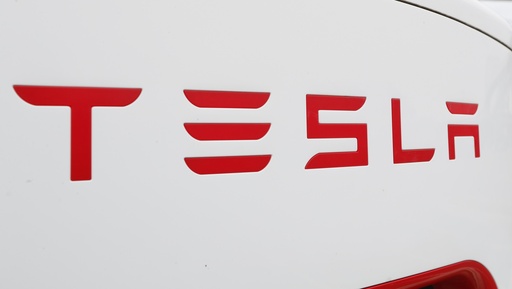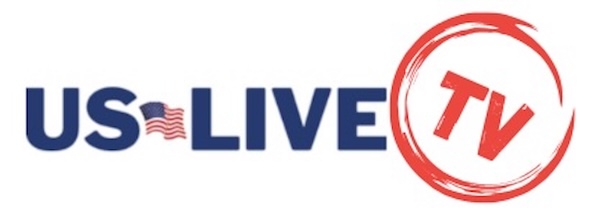Tesla revealed its highly anticipated robotaxi at a Hollywood studio event, although it has been specified that these vehicles will not be available until at least 2026.
During the event at the Warner Bros. studio, CEO Elon Musk showcased the new “Cybercabs,” sharing that these advanced, AI-driven vehicles are designed without traditional steering wheels or pedals. He expressed optimism about the advancements in the company’s autonomous driving capabilities, asserting that these vehicles will be capable of operating independently of human drivers.
Tesla has been selling its “Full Self-Driving” software for nine years, although its dependability is often questioned. Musk stated, “We’ll transition from supervised to unsupervised Full Self-Driving, where you can actually relax and wake up at your destination,” promising an exciting future ahead.
According to Musk, the expected cost for the Cybercabs will be under $30,000, with a hopeful rollout date of 2026, or potentially before 2027. The company is also working on enabling the Full Self-Driving technology for its popular Model 3 and Model Y models in Texas and California by next year.
Equity strategist Seth Goldstein from Morningstar Research commented that to eventually achieve the robotaxi vision, successful implementation of unsupervised Full Self-Driving in existing models is crucial. He noted that the recent event indicated that Tesla is ready to take that essential step forward.
Despite the ambitions, there remains significant apprehension among investors, especially as competing manufacturers are rolling out similar autonomous technologies. This concern was reflected in the market when shares of Tesla Inc. fell by 9% shortly after the event.
Waymo, a division of Alphabet Inc., is already giving rides in fully autonomous vehicles in Phoenix and other locations, while General Motors’ Cruise unit had been operating robotaxis in San Francisco, pausing operations after an incident last year. Moreover, Aurora Innovation plans to begin fully autonomous freight transport on Texas roads before the year ends. Another firm, Gatik, is set to accomplish autonomous freight operations by the end of 2025.
University of South Carolina law professor Bryant Walker Smith criticized Tesla’s timeline for achieving automated driving, drawing parallels to previous claims from 2014 when there were no autonomous vehicles in use on public roads. He pointed out that, while other manufacturers have introduced real autonomous vehicles carrying passengers, Tesla has yet to do so, which intensifies the irony of their current presentation.
During the event, about 20 Cybercabs were made available for attendees to experience rides within the studio lot, rather than on public streets. Events were streamed live with the title “We, Robot,” during which Musk also introduced a futuristic-looking self-driving minibus that accommodates up to 20 passengers.
Additionally, several humanoid robots named Optimus were showcased at the event, demonstrating various tasks and dance moves. Musk estimated their price range to be between $28,000 and $30,000, claiming versatility in their potential uses, including babysitting and lawn mowing.
The launch of the Cybercab takes place amid Musk’s efforts to convey to investors a focus on artificial intelligence and robotics, particularly as sales for Tesla’s traditional electric vehicles face difficulties. The company’s model lineup is anticipated to remain unchanged at least until late next year, according to analyst Jeff Osborne from TD Cowen.
Osborne also noted that Musk’s political endorsements, particularly for Republican candidates, might be alienating potential buyers from the Democratic side of the aisle in the U.S.
Musk has repeatedly mentioned the prospect of a robotaxi fleet allowing Tesla owners to profit from their vehicles when not in use. However, he admits that earlier forecasts regarding autonomous driving were overly optimistic, referencing a promise made in 2019 about having a fleet operational by the end of 2020.
This announcement also coincides with ongoing investigations by U.S. safety regulators into the Full Self-Driving and Autopilot systems, which have raised concerns regarding ensuring that drivers remain attentive. The National Highway Traffic Safety Administration (NHTSA) compelled Tesla to initiate a recall of the Full Self-Driving system due to its tendency to enable speeding and other traffic violations.
Additionally, a tragic incident last April in Washington, where a Tesla utilizing Full Self-Driving technology fatally struck a motorcyclist, has prompted further analysis by the NHTSA, while the Justice Department has requested information related to Tesla’s driving systems.




